As the world has rightfully progressed, we’re seeing more and more representation of LGBTQ+ characters. It’s amazing to see that we are getting more representation, but sometimes the storylines and the way networks let down characters is so disappointing. Let’s dive into the representation of lesbians on television, including the ‘Bury Your Gays’ trope and cutting TV shows short before wrapping it up with some excellent representation.
The “Bury Your Gays” Trope for Lesbians in Television
There’s a huge problem in the media, specifically television, where writers seem to never let gay characters get their happy ending. Whether it’s one dying, or the other realising they were never gay, the relationships always seem to end disappointingly.
This is where the term ‘Bury Your Gays‘ comes in. It’s a trope common in media where the characters who are gay are killed off because of their sexuality, inherently showing the audience that there is no happy ending for queer people. LGBTQ+ characters seem to be disposable, and their stories are quick to bury.
Lexa, “The 100”
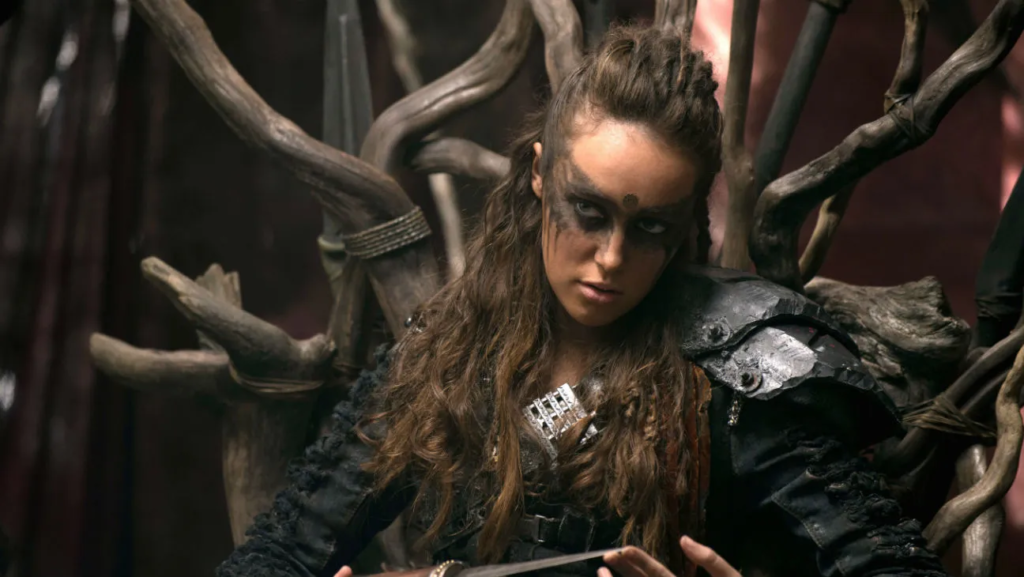
Anyone who was chronically online and equally obsessed with television in 2016 will remember the uproar surrounding Lexa’s death in The 100. Lexa quickly became everyone’s favourite character in the show, while we waited desperately for the ‘will they won’t they’ trope with Clarke to play out.
The timing of Lexa’s death had fans questioning the intentions behind the sudden killing off. Clarke and Lexa had shared their first intimate scene and right after that, Lexa is abruptly killed. The death caused huge controversy, with many fans of the show accusing the writers of pulling the ‘Bury Your Gays’ trope. This event in turn brought more attention to trope, and for how long it has been used.
Tara, “Buffy the Vampire Slayer”
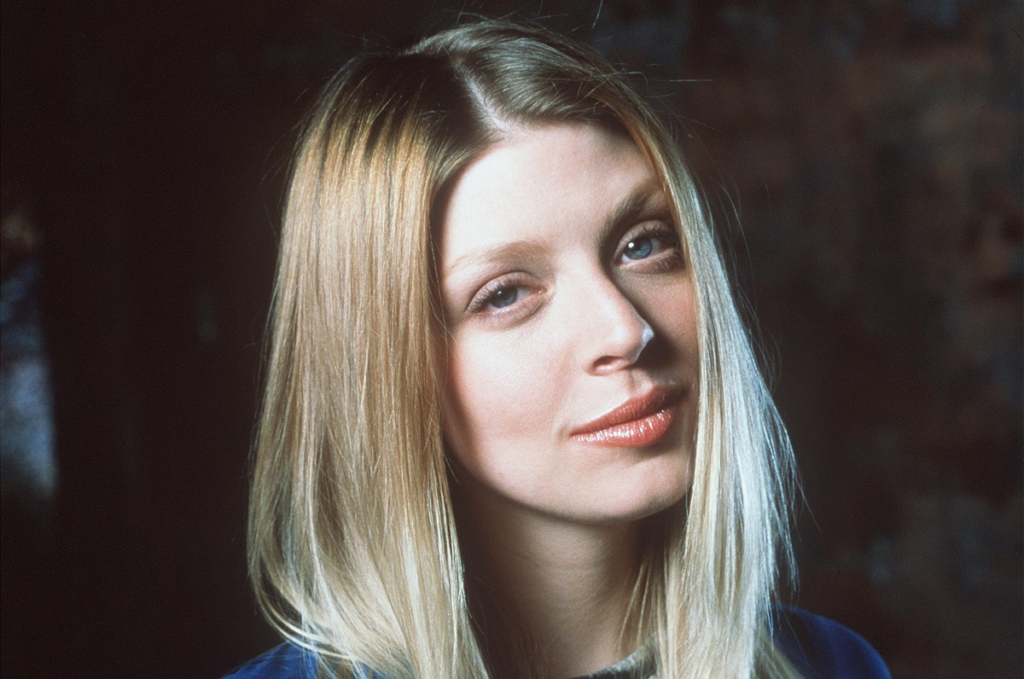
Dare we say that Buffy the Vampire Slayer is one of the best TV shows to come out of the 90s. For the first few seasons, fans of the show speculated on Willow’s (Buffy’s best friend) sexuality. In season 4, her character meets Tara and the pair soon became a couple.
Willow and Tara’s relationship was pretty groundbreaking at the time. However, two seasons later, Tara was, you guessed it, abruptly killed off. Tara’s span on the show was the shortest of any character, which fans felt wasn’t a coincident. The show lasted for one more season before coming to an end.
Poussey, “Orange Is The New Black”
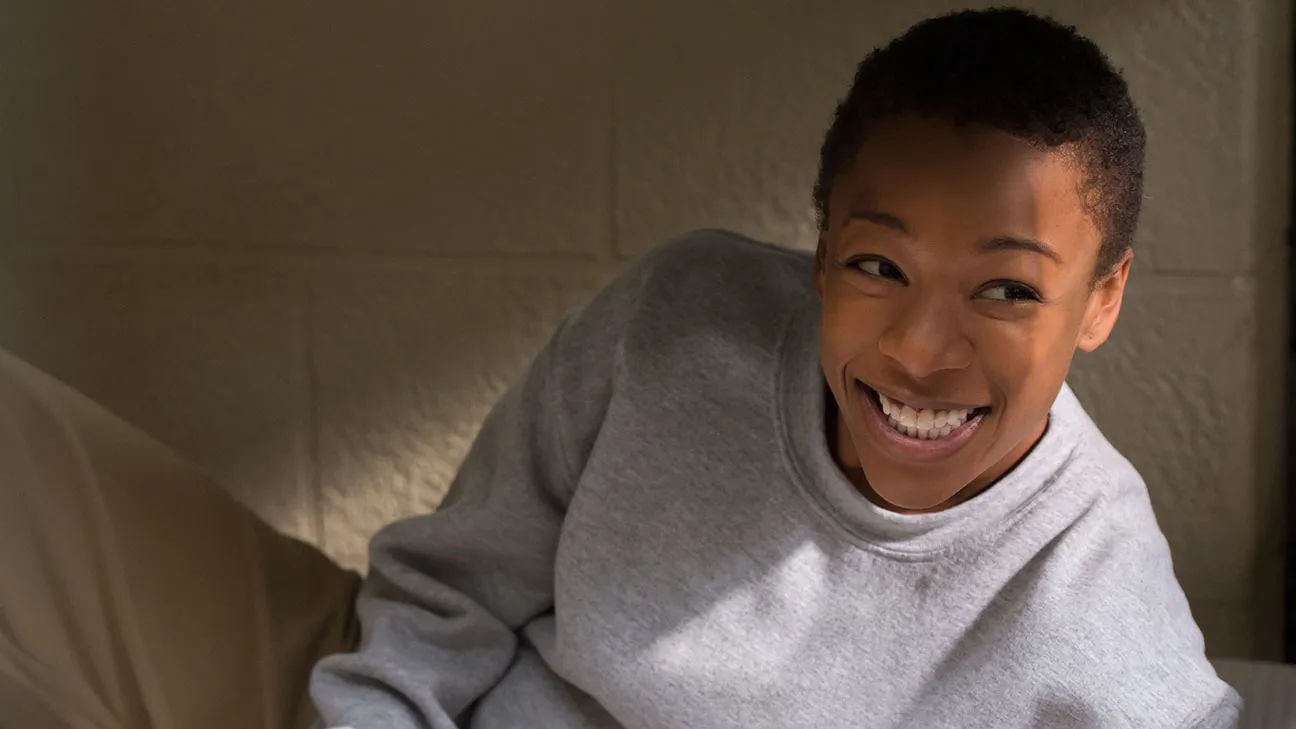
Although Orange Is The New Black is considered one of the most revolutionary shows, with the main character being bisexual and in a relationship with a woman, as well as having a cast mainly comprised of women, season 4 left everyone bitter. One of the most beloved lesbians in the show, Poussey, spends the season talking about her dreams once she will be released out of prison, while also getting into a relationship with fellow inmate, Soso.
The death came as a shock to the audience, not only because it is a prime example of the trope, but because Poussey was an African-American lesbian who was accidentally murdered by a guard. Her death represented the injustice of police brutality, but a lot of the fans criticised the writers for the lack of research done into the issue.
Villanelle, “Killing Eve”

The most recent addition to the ‘Bury Your Gays’ trope left everyone in shock. We truly believed that with the amount of awareness around avoiding the trope, we wouldn’t be encountering another lesbian death for a long time. Yet, the last season of Killing Eve proved everyone wrong.
After the slow burn that was Villanelle and Eve’s relationship, they finally managed to escape together. In the last episode of the show, we see them kissing and being happy together, only for Villanelle to get shot and fall into a river, right in front of Eve. The theme in these murders is watching your partner die in front of you, which is even more problematic because it sends the message that even if you’re not the one dying, you still suffer the loss of your loved one.
The Unsettling Trend of Axing Lesbians in Television
Time and time again, we’re seeing a huge hope and promise with lesbian representation in TV. We finally get a good show with great characters, and excellent ratings. Yet, the show gets cancelled. How is it that almost every TV show where the lead(s) are lesbians, it gets cancelled? Let’s take a look at some of our favourite lesbian representations that got axed way too soon.
First Kill

If you haven’t watched First Kill yet, you need to, but don’t get too attached. The show lasted for one season. When Cal, vampire hunter, and Juliette, vampire, fall in love, their worlds collide. It explores not only the complexity of a relationship between a vampire and vampire hunter, but also the trials and tribulations of being a lesbian couple.
Some suggest that the show was overshadowed by the success of Hearstopper in the same year and that’s why it was cancelled. However, many people believe it’s because the lead female characters fell in love. Whether it was bad ratings or the couple, fans petitioned to save the show, but to no avail.
The Wilds
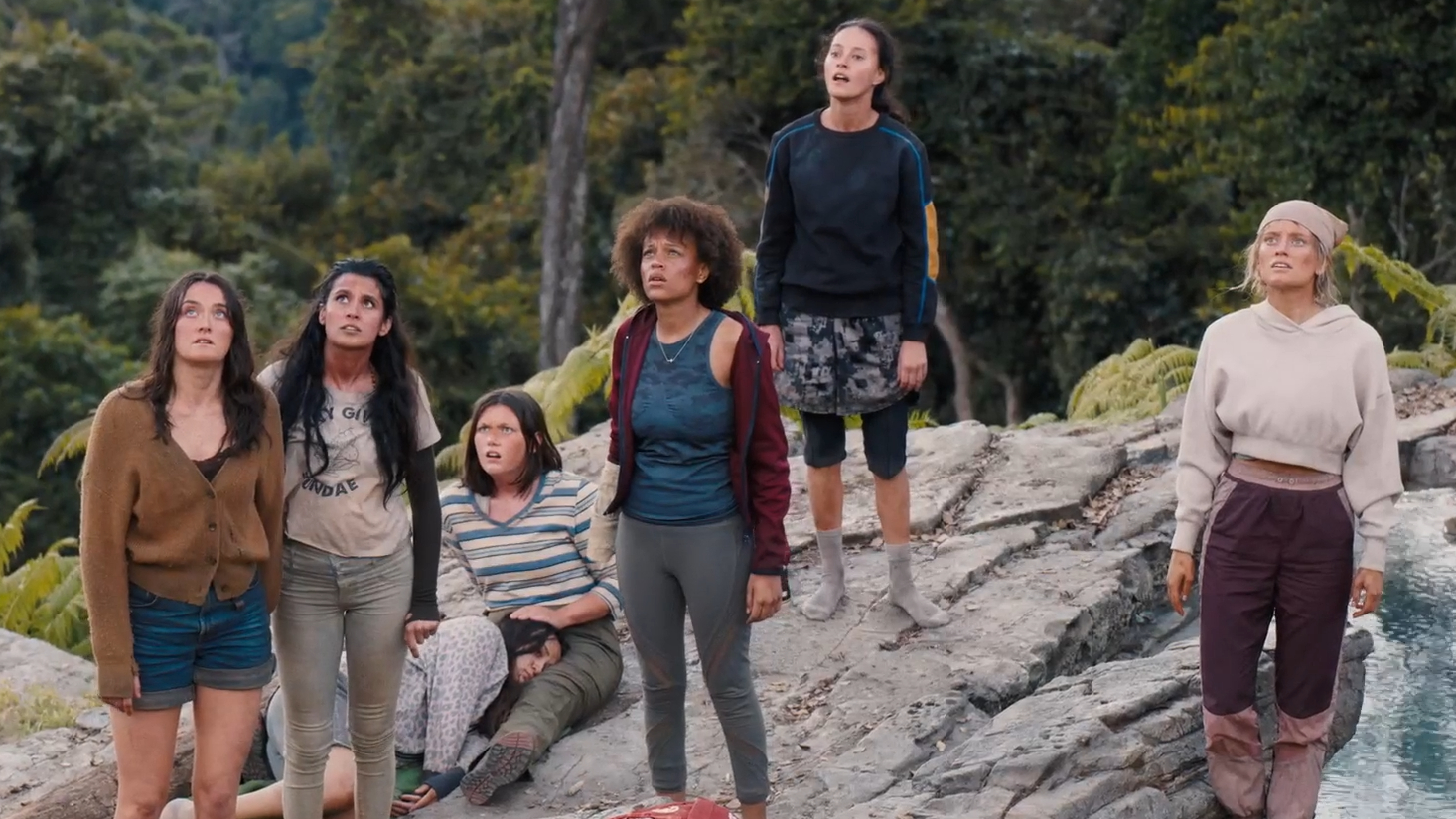
This hit show revolves around a group of teenage girls who are stuck on a desert island after a mysterious plane crash. Little do they know that they are actually the subjects of a social experiment. As we watch their journey unfold, we also watch two of the characters fall in love — Toni and Shelby.
It was a classic story of two strangers who shouldn’t get along, but because of being stuck together, they get to know each other. Over the course of their time on the island, their relationship develops and fans soon became obsessed. Their relationship became official in season two, which coincidentally became the last season of The Wilds. To this day, there is no definite confirmation of why it was cancelled.
I Am Not Okay With This
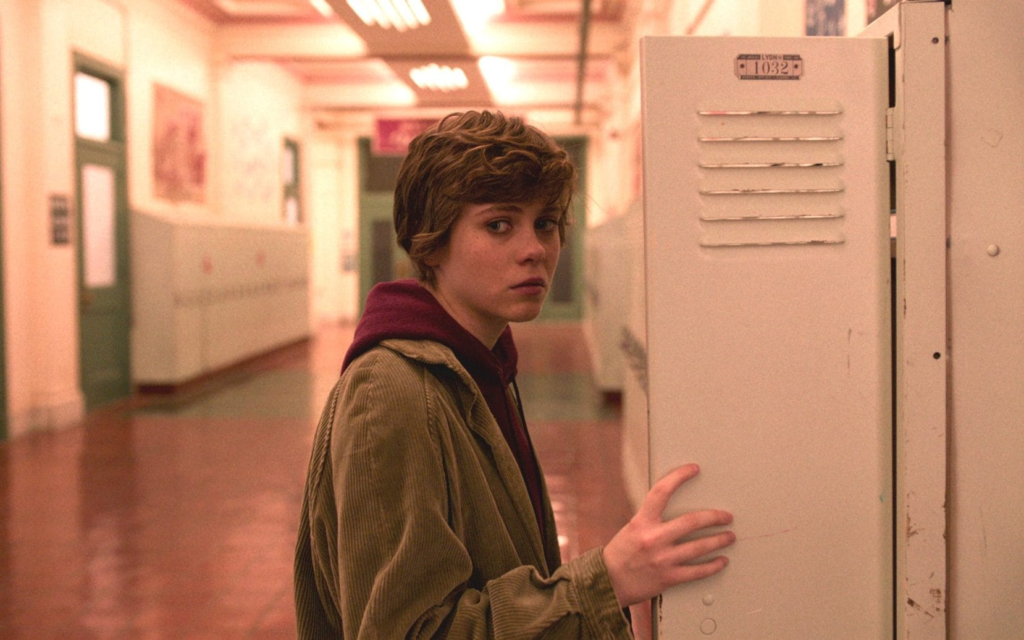
Seventeen-year-old Sydney Novak is your classic teenage girl, dealing with the complexities of high school, her family, and sexuality. That is, until she realises she has supernatural powers. The combination of learning to handle these new powers while managing her mundane struggles honestly got me through lockdown.
When Sydney reveals to the viewers that she’s in love with her best friend Dina, the navigation of her sexuality develops further. The show, much to the fans’ despair, was left on a cliffhanger after one season. Netflix said the show ‘cost too much for it’s perceived value‘ … interesting.
Runaways
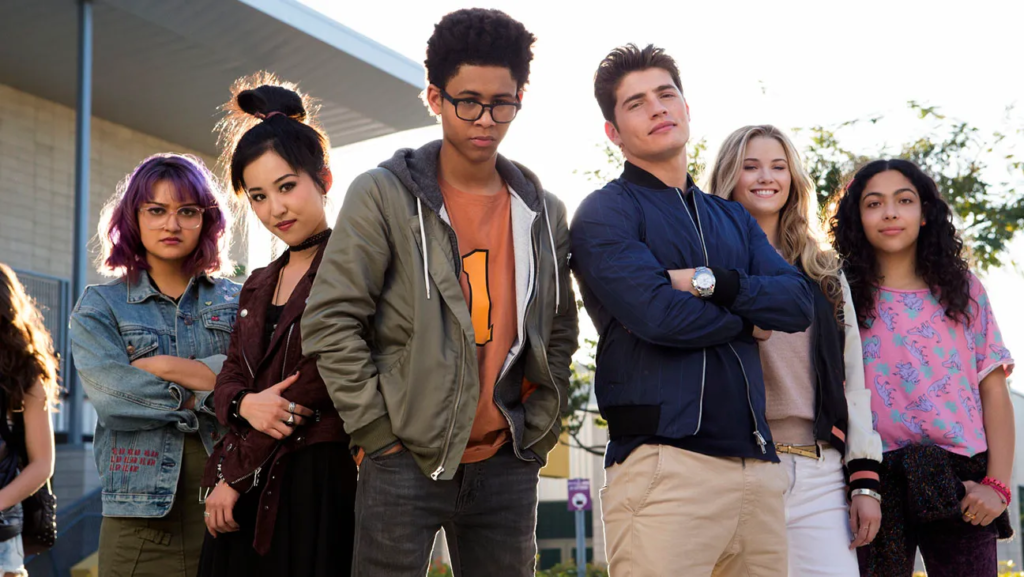
Based on the Marvel Comics superhero team of the same name, Runaways follows six teenagers who find out their parents are all criminals. They all run away from home and soon form an incredibly strong bond. At the same time that the characters develop powers, the characters of Niko and Carolina find themselves falling in love, the couple stealing the spotlight.
Throughout the show, there’s a plethora of LGBTQ+ representations, which received a lot of praise from viewers. The show was cancelled after three seasons, with no real explanation from Hulu as to why, while also being removed from streaming services… I wonder why.
A League of Their Own

This show was an adaption of the 1992 film, but featured brand new characters and storylines. The creators expressed how the adaptation was meant to shed light on the invisible stories of lesbians, who were cast aside in the 1992 film. It’s all about a female professional baseball league, set during World War II. It highlights the struggles that lesbians went through during the time, particularly huge feelings of isolation. Their baseball league is what brings them together.
A League of Their Own is loved for having an almost all-lesbian group of characters, the diversity of lesbianism being showcased in a realistic and unapologetic light. It’s been dubbed the ‘lesbian baseball show’ all over social media. If you’re looking for some moving yet lighthearted lesbian television, as well as the different dynamics of relationships and friendships within the lesbian community, look no further.
One Day at a Time

The series One Day at a Time is a huge hit for family sitcom lovers. It revolves around a Cuban-American family living in LA as they navigate everyday life. The show felt quite reminiscent of peak Disney shows, but with a modern twist. The eldest daughter, Elena, begins to question her sexuality and later comes out as a lesbian to her family.
Her story saw praise from the LGBTQ+ community, as it’s incredibly familiar and realistic to what we all go through. Besides the initial questioning, Elena’s family struggles to adapt to this new aspect of her identity, each coming to terms at their own pace. It was very realistic in the mixed opinions from family members, and the consequences their reactions have on Elena’s mental and physical health.
Showstopping Lesbian Representation in Television
So, what exactly is good representation of lesbian characters? At it’s core, good representation is all about the characters themselves and how realistic their stories are to real life experiences. It’s never perfect, but that’s not how life works. Good representation is about showing the viewer the highs and lows and resonating with your queer audience.
Dickinson
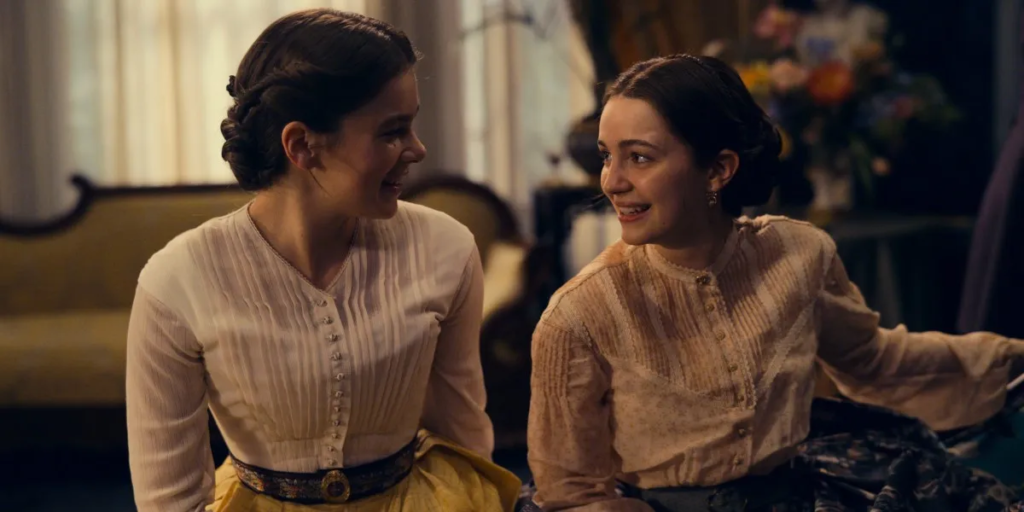
Hit show Dickinson is another adaption of Emily Dickinson’s life, but is heavily centers around the belief that the poet was lesbian. Set in the 19th century, we see Dickinson’s career come to life through a modern type of storytelling. One of the main focuses is the relationship between Emily and Sue, which was documented through their love letters and accounts of their loved ones. Over the three seasons, we witness their relationship come to life, through the highs and lows of a regular relationship.
The series got high praise for representing an in-depth romantic lesbian relationship, while navigating through a society that doesn’t accept them. Dickinson maintained it’s popularity by reclaiming Emily Dickinson as a lesbian icon and validating her experience.
Pretty Little Liars

Pretty Little Liars was one of the biggest shows of it’s time, with various complex and moving storylines. One of the most moving, especially for young queer girls at the time, was Emily’s story. She came out during the first season of the show and went through a few lesbian relationships, before settling down with old-time best friend Allison.
The show is fantastic as it actually gives lesbian characters a happy ending and it’s so satisfying to see these two get the life they deserve. There is so much well-deserved peace and joy in their relationship, and other shows could certainly take a leaf out of their book.
Orphan Black
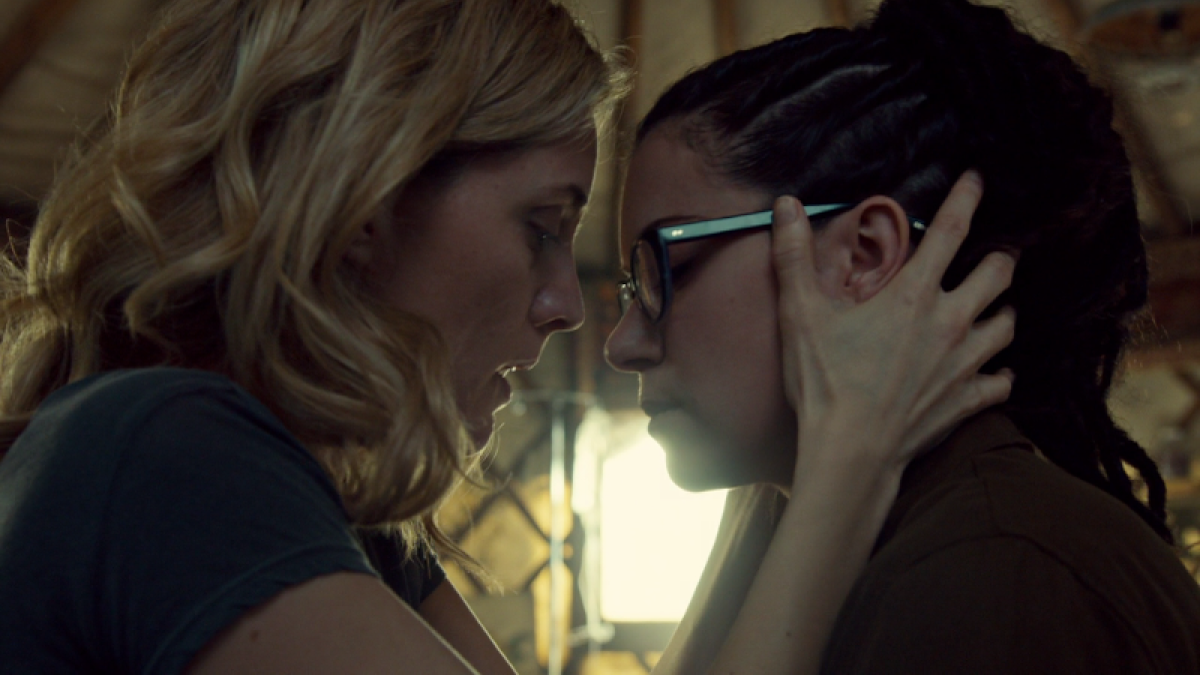
Following the story of Sarah Manning, we see her discover that she is one of many identical human clones. They all face various challenges in their own lives, questioning why their lives are like this. Exploring science and dynamics, we get to see their lives unfold. One of the clones, Cosima, is openly lesbian.
We watch her fall in love with another character, Delphine, as their relationship goes from professional to personal. Fans of the show love that Orphan Black introduced a lesbian character into a complex narrative, yet made it seem so natural. Inclusive storytelling is primordial.
Heartbreak High

This incredible series is an adaption of the 90s show of the same name, but with more open and modern stories. Season one came out in the summer of 2022 and soon became a smash success for Netflix. The show is so incredibly raw, honest, and cut throat about the real things teenagers experience.
Quinni, one of the lead characters, is bold, bright, and openly lesbian. As is Sasha, the perhaps overly assertive advocate. The pair first clash, but soon fall into a romantic relationship in season one. Although their relationship was short, it’s a beautiful story of the complexities of the queer experience. Who else has already binged all of season two?
Heartstopper

Netflix smash hit Heartstopper is a coming of age TV show based on the comic by Alice Oseman, and centres around Charlie and Nick’s budding relationship. However, our focus today is the lesbian relationship between Tara and Darcy. They’re first shown as just good friends, but soon become girlfriends.
Although their story feels overshadowed, the couple are giving way more screen time in season two as the writers knew how much fans love for them grew through season one. Much like real-world experiences, they struggle and have complex stories to tell, but that just makes us love them even more.
Here’s to the TV shows that give lesbians the representation that they deserve. We can’t wait to see what comes next!
Thanks for tuning into another day of lesbian visibility week. Check out yesterday’s article that dives into the history of lesbianism and why the word is so important.


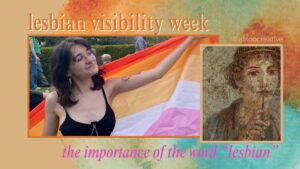

2 thoughts on “Lesbians on Television: The Good, the Bad, and the Controversial”
Comments are closed.